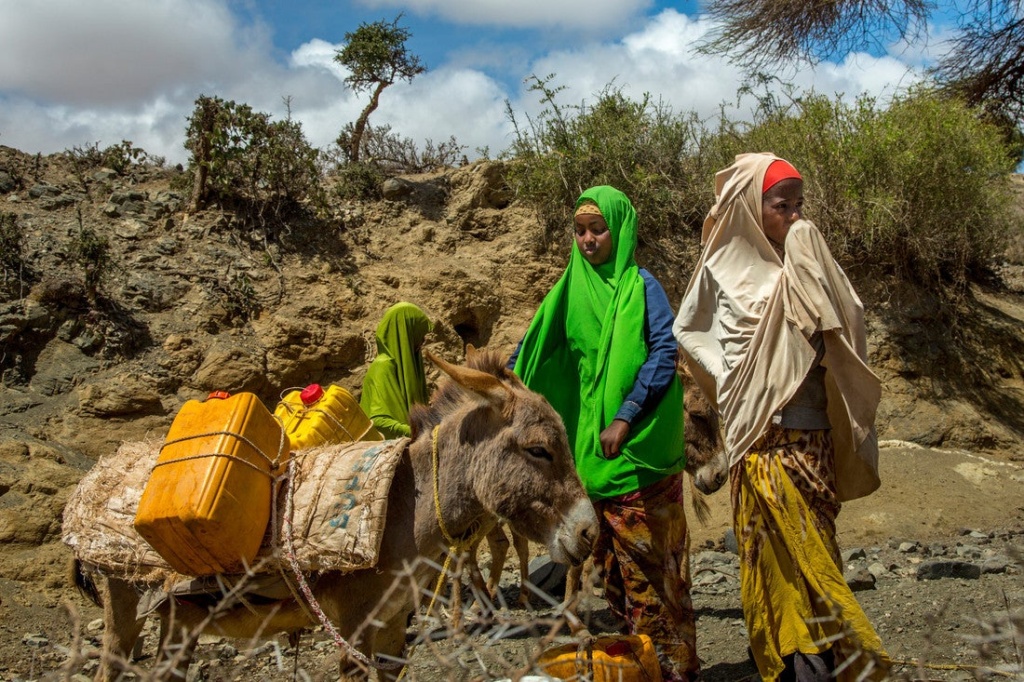About the Crisis in Somalia
After four consecutive failed rainfall seasons and a projected fifth, Somalia once more faces severe drought that could put large part of the country and its population at risk of famine in 2022. Already, one million people have been displaced in search of food and water.
On top of this, Somalia is currently facing the triple shocks of COVID-19, desert locust infestation, and the effect of the 2019-2020 floods including the Gati cyclone experienced in Bari-Puntland. More recently, the economic impact of the conflict in Ukraine has contributed to the multi-layered humanitarian crisis, which is increasing the vulnerability of people in the region. Over 90% of wheat supplies in Somalia comes from Russia and Ukraine.
The country has been very unfortunate to suffer from a combination of crises one after the other. As the country was reeling from the 2019-2020 floods that decimated most crops and pasture, it was faced with the COVID-19 pandemic which greatly reduced remittances due to the global lockdowns. Most families in Somalia/Somaliland rely on remittances from relatives working in other countries.
As if this was not enough, the country suffered from the desert locust infestation which destroyed the few crops and pasture that had survived the floods and now due to below average rainfall, 90% of the country is facing severe water shortages as strategic water sources have dried up or broken down due to overuse. In many regions, the average water price has increased exponentially. The worst-affected areas are in Somaliland, Puntland, Galmudug, Hirshabelle, and Jubaland. Communities in Somalia and Somaliland have told us that they fear a repeat of the 2017 severe drought which left a quarter of a million people dead.
Somalia was already facing a fragile food security situation due to previous drought and famine.



